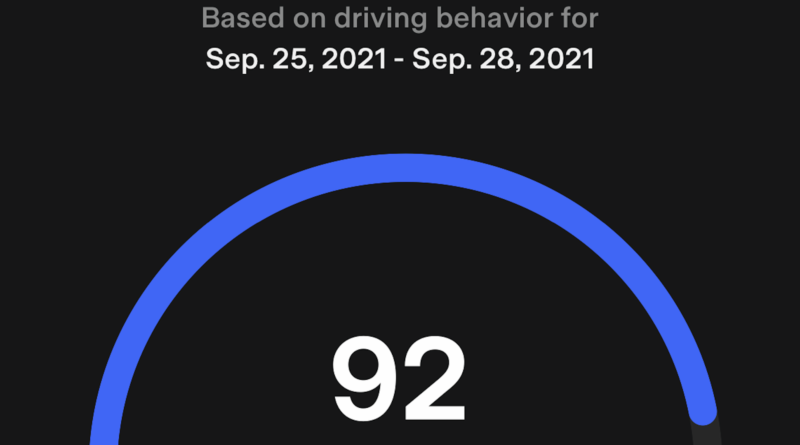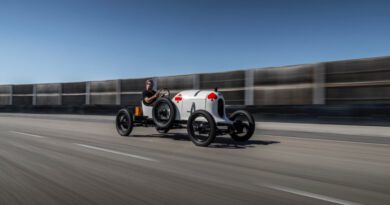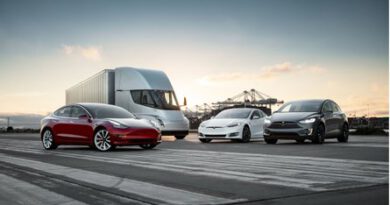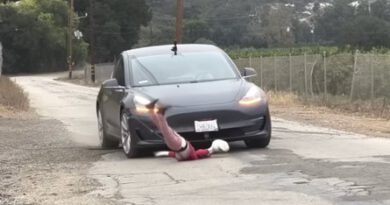First Experiences With Tesla’s Safety Score
Saturday last week, Tesla opened enrollment for the Full Self Driving Beta program, which will now allow more customers to try FSD on their own Teslas soon beyond the 2,000 to 3,000 beta testers so far. The number of signups apparently exceeded expectations, and Elon Musk announced that starting next Friday, the first 1,000 additional Tesla owners will have access to FSD Beta version 10.2. Another 1,000 Tesla owners are then expected to gain access to the software on a daily basis.
However, to become part of the FSD beta program, customers must agree to grant access to their Tesla Safety ScoreBeta. This calculates how safe a driver is on the road based on five criteria. The score has a maximum value of 100 (very safe) and customers with this value will be the first to gain access to the FSD Beta.
So far, this program, like the safety score, has been limited to Tesla owners in the US. However, this does not stop people in other countries from discussing the FSD and the safety score in detail and sometimes controversially. Second and third hand experiences are reported and speculated about. Therefore, as someone who lives in the USA and has also signed up for the FSD beta program, I would like to report on my own experience. And that includes the Autopilot in the US version and now the Safety Score. I will not talk about the autopilot itself, because I have already reported about it in the past.
Safety Score
After the request in my Model 3 to participate in the FSD Beta program, I first had to download the updated version of the Tesla App. There, between the menu items Upgrades and Service (and yes, although I live in the US, I use the German language setting both in the app and in the car), the new entry Safety Score Beta appeared.
When I click on this, the Safety Score becomes visible, as well as green and red bars for the five criteria that make up this score. I can view the overall score and also the scores of the individual rides.
Examples of my Safety Score
You can quickly see how the individual factors affect each other; Tesla has even printed the formula for this. The driving data itself is stored in the car and then immediately updated after the end of a trip.
Effect on my driving style
Since I started with a fairly low score of 76, I immediately started paying more attention to my own driving style. Instead of making sporty turns or tailgating, I drive more carefully, with more foresight, and definitely less aggressively. This also means I keep more distance, and leave the braking to the electric motor. Just get off the accelerator pedal and let it coast. This saves the brake pads, recharges energy back into the battery and also keeps more distance from the vehicle in front.
Hard braking is therefore only necessary in emergencies, should another road user suddenly change into my lane. However, this happens less often due to my more careful driving, because I drive more carefully and less aggressively, and I certainly don’t speed. It is precisely an aggressive driving style that challenges such situations that I have to brake hard or swerve more often. This forces me to keep more distance and not drive too close, which results in fewer collision warnings and also fewer hard braking and wild evasive maneuvers.
In other words, all these factors play together. The success is also visible: the score is increasing. But what I also notice is that it seems to me that as my score increases, the factors also become stricter. That means I have to drive even less aggressively to reach 100 from the current 92.
Opportunities for improvement
Clearly, there is room for improvement in the score, and the addition of Beta already says that it is still being worked on and that changes are to be expected. For example, the individual cases of hard braking are certainly to be distinguished from the score. A hard braking because of too close approach is to be evaluated differently than a hard braking because at a parked car in a narrow street suddenly the door is opened. In the latter case, it is actually safe driving. Also, when the traffic light changes from green to yellow is less of a problem because in the U.S. the yellow phases are relatively long. The need to brake hard is therefore relatively small and a pretextual argument that is hardly relevant.
Other factors could be added in the future, which would, for example, allow the driver’s attention to be drawn by the interior camera. It is known that this already recognizes where the eyes are directed.
One could also imagine that the differences between the speed driven and the current speed on the road section could be included in the score, perhaps depending on the speed of the surrounding flowing traffic. Since Teslas can also recognize traffic lights and traffic signs, for example, running a red light through an intersection or a stop sign could also be added to the score.
Conclusion
The Tesla Safety Score Beta has certainly led to a safety positive change in my driving style. Less sporty, less pushing the limits of the vehicle, I not only minimize the risk of being involved in an accident and putting others or myself in danger, this driving style also has other positive effects. Namely on my wallet: the Tesla safety score Beta is also used for the monthly premium calculation of my Tesla insurance, and the less sporty starting and braking also reduces fuel consumption and maintenance costs for brake pads and tires.
And all these are concrete initial results from our own experience with Tesla Safety Score Beta.
This article was also published in German.




